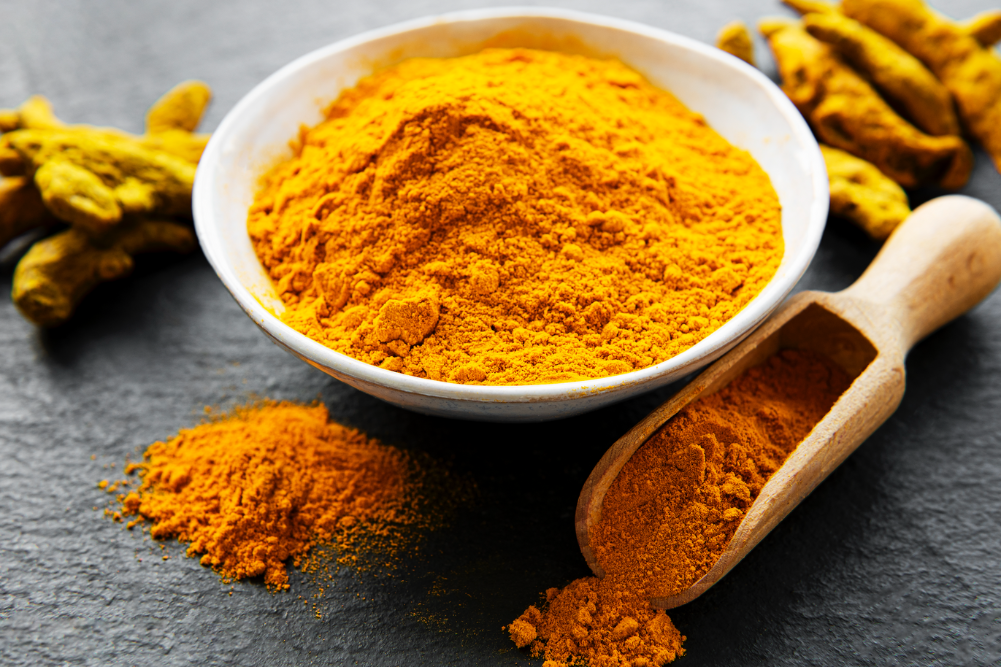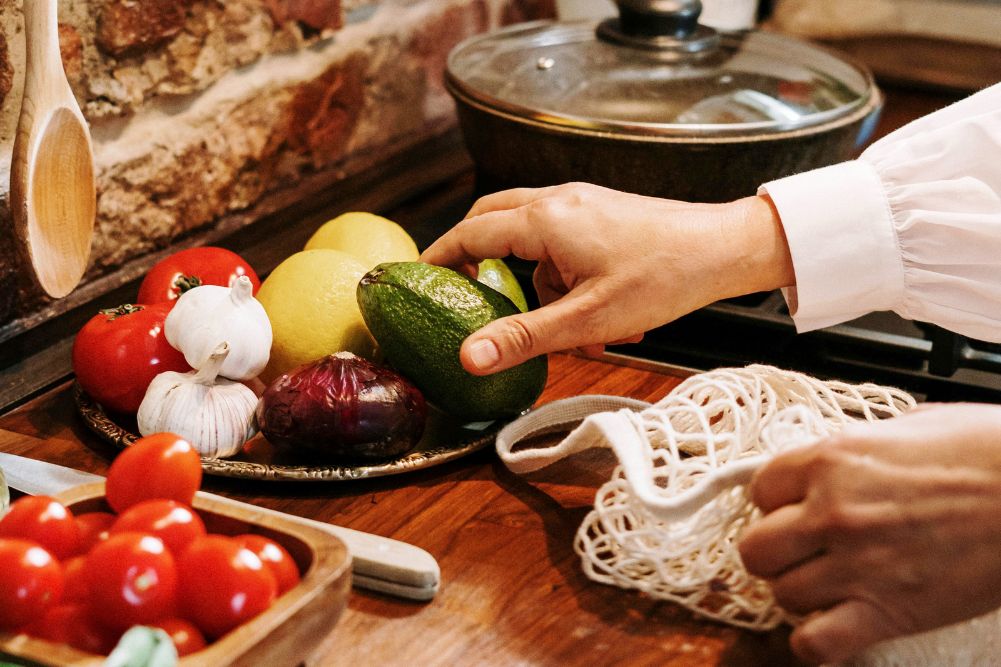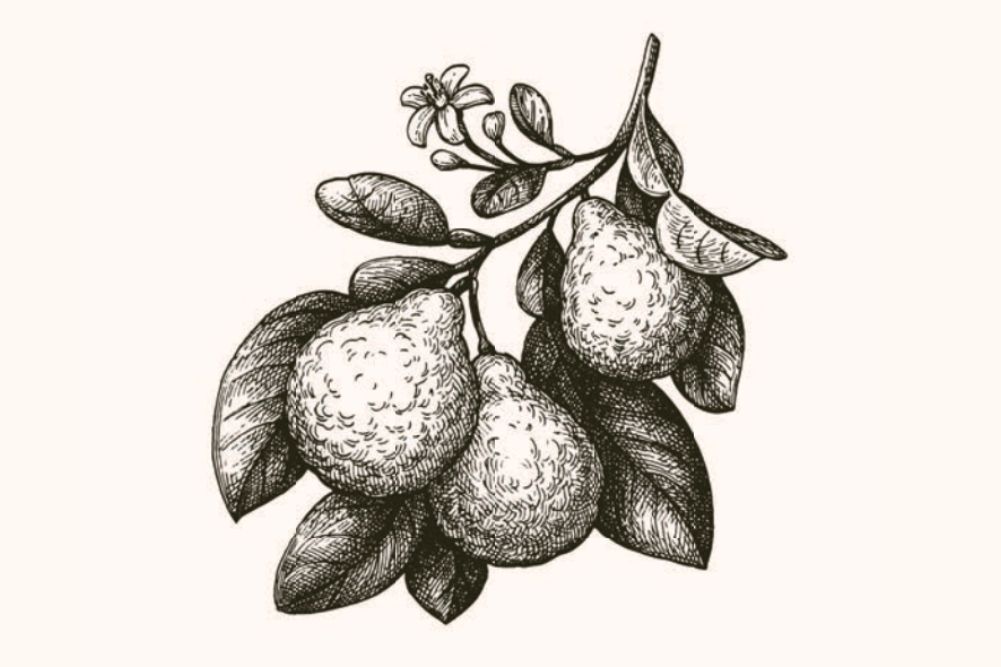What does food look like in the future?
In 2012 the human population of planet Earth ticked over to seven billion for the first time. That’s an impossibly large number for the human brain to grasp but so is the size of the Earth, so the natural tendency for the mind is to turn away from such imponderables and focus instead on more manageable data…oh look, there’s an ant! Well, the population issue has to become ponderable pretty quickly because in the next decade or two we’ll have some big questions to answer regarding food and things like mealworms may be something we’ll need to think about according to new research.
In 2010 the World Wildlife Fund released a paper called “The Living Planet Report†which estimated that the Earth has enough productive land and sea for each person to use 1.8 hectares to draw the resources they need. In 2007, the average person used 2.7 hectares. So we are in “ecological overshoot†a condition where we are extracting resources at a faster rate than the natural world can replace them. In fact we currently need 1.5 Earths to sustain our extraction of renewable resources each year and the estimates are that by 2030 we will need two Earths. So something needs to be done on many fronts and research is going on to address these issues in many areas. In the area of food production, as unappetising as it sounds, researchers have turned their attention to mealworms.
Mealworms are not worms but are the larvae of the “darkling†beetle (Tenebrio molitor). When they are first born the larvae are white but will turn either honey-yellow or yellow-brown within a couple days. The mealworm when fully grown measures 3.18cm long. Their bodies are smooth and hard, with a shiny appearance and they are high in protein, which is why mealworms are a preferred food among reptile and bird owners and why they were researched in a new study.
For their study the researchers compared the environmental impact of protein production on a mealworm farm compared to traditional animal farms raising chickens, pigs, and cattle (beef and dairy). They compared them all on measures of land usage, energy needs, and greenhouse gas emissions. From the raising of the protein source to the point where they left the farm mealworms scored better than all other options.
Per unit of protein produced mealworm farms required less land, used less energy, and produced less emissions than either chicken, pork, beef, or milk.
The researchers say that given the imperatives imposed by our current overuse of resources we might have to consider insect protein as a future food. The idea of ordering a porterhouse cut of mealworm might offend your sensibilities but those sensibilities might be a luxury we cannot afford as we seek to bring our consumption of resources back into a state of balance.







